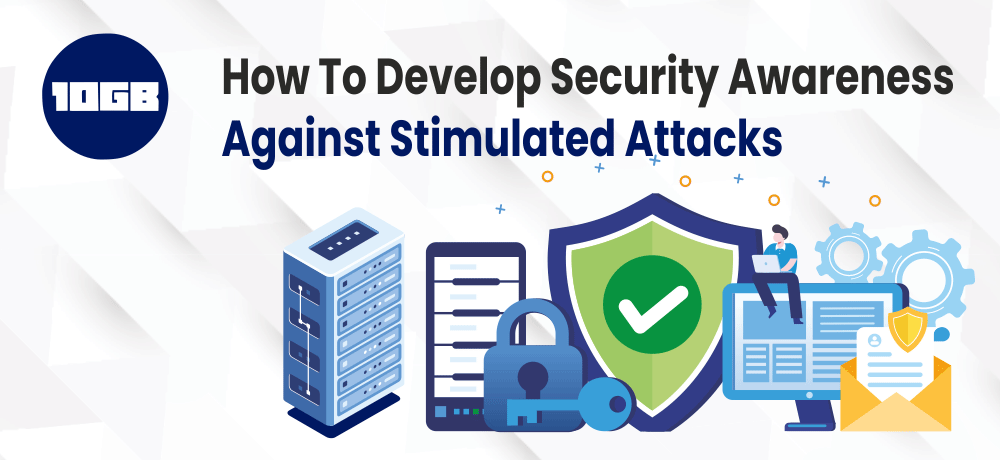In the modern cyber era, the cyberattacks on websites are increasing with each passing day. We often hear news about a popular company that has experienced a malware infection, a ransomware infestation, or an account breach through phishing. Hence, it is essential to educate employees with security awareness training which will help them identify and report the potential threats before they fall victim to them.
Table of Contents
Develop Security Awareness Against Simulated Attacks
Security awareness training is the method of offering formal cybersecurity education to your employees regarding the diversity of information security threats and the company’s policies and the methods for approaching them.
The main foundation of any training is effective training materials. You can use resources like CDSE Security Awareness Hub.
The security education can incorporate the following:
- Video modules
- Assessment tests
- Informative documentation
- Slide shows
Simulated Attacks
Educating your staff is not enough, controlled, real-world tests of the information need to be carried out. So they learn to simulate dangerous everyday security scenarios. This can be done in several ways.
Below are types of simulated attacks:
Phishing Simulations
Phishing is one of the simplest methods of attack to fall victim to. Hence, you need to include this in your program.
You need to make a successful security awareness campaign such as a carefully crafted email that can have the real image of being something of paramount importance. The staff will check headers of the emails and examine the links that are being requested to click.
Incorporate the following types of phishing emails to make it realistic:
- Urgent needs for password resets
- False document shares
- Files to download and open.
Suggested For Further reading:
USB Drop Campaigns
You can perform USB Drop campaigns by pre-installing the USB drives with tracking software and leaving the USB drive in public areas. Once these drives get connected to a computer, they report back when and who accessed those drives. The software we’re using is harmless and is solely for simulation purposes.
Suggested For Further Reading:
- Protect Your WordPress Site from Security Vulnerabilities
- How Does Cloud Hosting Guarantees Data Security?
Physical Security Breach
Physical Security Breach is where an attacker can breach your physical security and obtain access to the hardware that consists of your data and can use them for their wicked needs.
For conducting this test you need to have an employee, colleague, or trusted friend to obtain access to your facility without pre-announcing them. Have them try to leverage human kindness to obtain physical access via the following ways:
- Following another employee inside the building by a secure entrance point
- Saying that they forgot their access credentials
- Grabbing a door as an employee leaves
However, be sure that you inform the suitable personnel before trying a physical security test so that your trusted partner won’t fall into trouble in case the test succeeds.
Note: Ultimately the objective of the security awareness training is to educate your employees regarding security best practices, not embarrass or punish them for failing simulated attacks.
Additionally, you can improve the website security by installing an SSL certificate.



